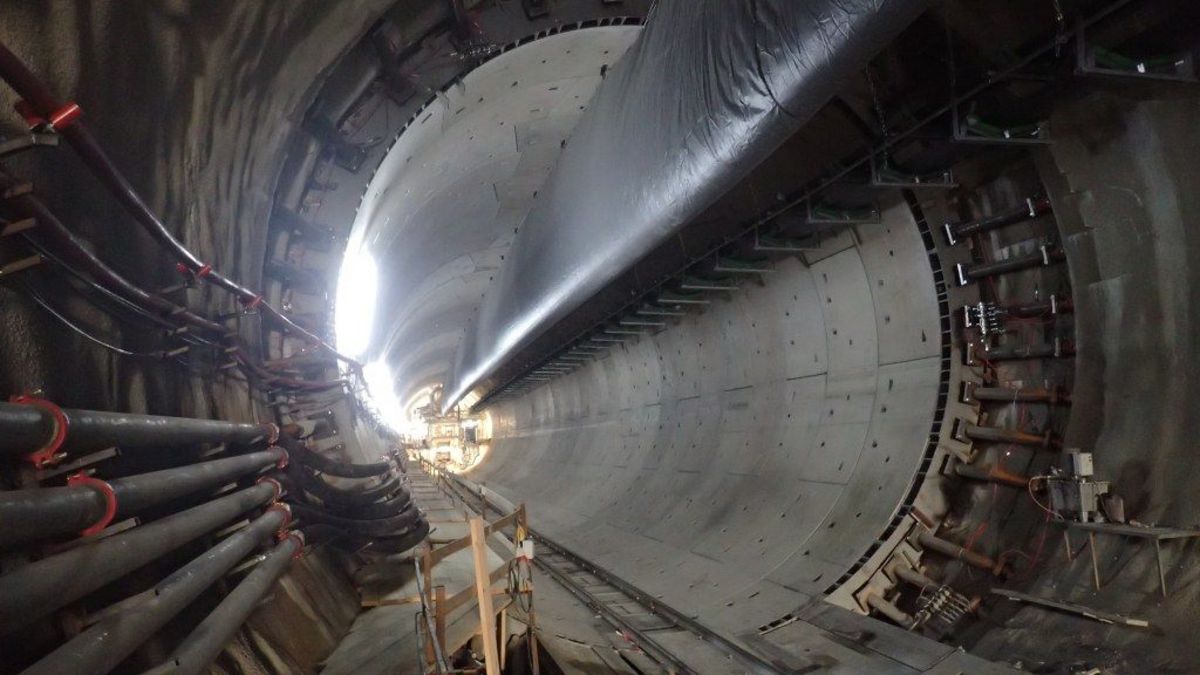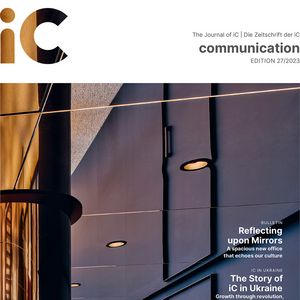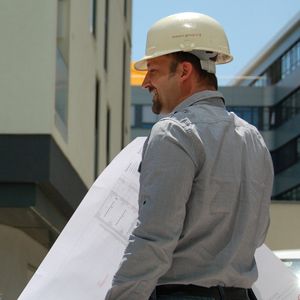Filder Tunnel
Client
ATCOST21 consortium
(Porr – Hinteregger – Östu – Swietelsky)
Country
Germany
Duration
July 2011 - Dec. 2022
Services
On behalf of the consortium, iC is in charge of the preliminary and design planning of TBM-driven tunnel and the final design for the Filder tunnel (TBM and shotcrete construction method for the main tunnel, cut-and-cover method, emergency access at Wagenburg tunnel, CGV shaft for compensation grouting).
PDF-DownloadProject objectives
Construction of the Filder tunnel (PFA 1.2) and of the connection tunnel to Obertürkheim and Untertürkheim (PFA 1.6) as part of the Stuttgart 21 project.
Project description
The 9,6 km long Filder Tunnel connects the Stuttgart Main Station to the airport. Two double-track pipe arches lead from the railway station to the branched structures and from there to four single-track tunnel tubes. Two tubes branch off towards Obertürkheim and Untertürkheim (PFA 1.6) and two others towards the Filder plane / Airport. In the lower and upper sections, the single-track tunnel is to be driven by means of TBM. At the Filder portal, buildings, electricity pylons and the U6 underground line have to be driven under with an overburden of 12 to 30 m. The shotcrete method is used in the middle and lower sections of the tunnel due to the high swelling potential of the unleached, anhydrite-bearing gipskeuper. The complex structures of the contoured approach area, pillar gallery branching structure and rescue access Wagenburg are also constructed using shotcrete. Compensation-Grouting is used to mitigate tunnelling induced settlements at an overburden of between 10 and 40 m.
Project data
Track length 2 x 9.6 km, tunnel length 2 x 9.4 km Single-track tubes with standard cross-sections RQ 4,05, RQ 4,40 RQ 4,70;
Double-track pipe arche profile, 2 x 230 m; pillar tunnel with crossing rescue access 41 and 63 m; turning cavern, 18 cross-cuts; cut and cover 2x71 m; trough
Project specifics
Due to the complexity of the construction lot, numerous design and optimisation services are provided in addition to the implementation planning.
Services
Detailed design for the entire Filder Tunnel SBW and TVM including cross passages, access tunnels, CGV shafts and open cut construction; preliminary and design planning of the TVM variant (design water pressure 6 bar), the approach and branching area; numerous design optimisations and improvements partly on behalf of the client.




